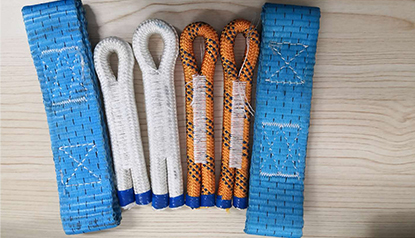sewing thick material
Sewing Thick Material Tips and Techniques for Success
Sewing thick material can be both a rewarding and challenging experience. Whether you are working with heavy fabrics such as denim, canvas, or upholstery material, having the right tools, techniques, and understanding can make a significant difference in achieving professional results. In this article, we will explore some helpful tips and techniques for sewing thick material, ensuring that your projects are both enjoyable and successful.
Choosing the Right Sewing Machine
One of the first steps in sewing thick material is selecting the right sewing machine. While most standard home sewing machines can handle lighter fabrics, they may struggle with heavier materials. Look for a sewing machine designed specifically for heavy-duty work. These machines typically come with stronger motors, improved feed dogs, and reinforced components that can withstand the stresses of sewing thick layers.
Consider investing in a walking foot attachment. A walking foot helps to move multiple layers of thick fabric smoothly through the machine, preventing shifting and ensuring even stitching. A roller foot can also be beneficial, particularly when working with material that has a lot of stretch, as it can help maintain an even feed.
Using the Right Needle
Choosing the right needle is crucial when sewing thick materials. A standard needle may bend or break under the pressure of heavy fabrics. Instead, opt for a heavy-duty needle, typically marked as a jeans or denim needle. These needles have a stronger shaft and a sharper point, which allows them to penetrate thick layers more easily.
Furthermore, consider the size of the needle you use. A larger needle, such as an 80/12 or 90/14, is often required for thicker fabrics, as it can handle the added bulk. Be sure to replace your needle frequently, especially when sewing heavy materials, as dull needles can result in uneven stitches and fabric damage.
Selecting the Right Thread
When it comes to sewing thick materials, the choice of thread is just as important as the needle and machine. Opt for strong, durable threads that can endure the weight and stress of heavy fabrics. Polyester thread is an excellent choice due to its strength, flexibility, and resistance to fraying.
sewing thick material

Avoid using cotton thread for heavy projects, as it can be prone to breaking and may not perform well under stress. When winding your bobbin, make sure it's filled adequately, as running out of bobbin thread in the middle of a seam can lead to frustration.
Preparing Your Fabric
Before you begin sewing, take the time to prepare your thick material properly. Prewashing your fabric can help prevent future shrinkage. If your material is particularly heavy, consider pressing it with a steam iron to eliminate any wrinkles, making it easier to cut and sew.
When cutting thick fabric, use a rotary cutter and a cutting mat for more precise results. Scissors can sometimes struggle with thicker layers, leading to uneven cuts. Make sure to measure twice and cut once to avoid costly mistakes.
Sewing Techniques
When sewing thick materials, it's essential to take your time and use the right techniques. Start with a longer stitch length, typically around 3-4 millimeters, as this will help prevent puckering or gathering in the fabric. Curved seams may require additional easing or clipping to help the fabric conform smoothly.
Use pins or clips to hold your fabric layers together firmly while sewing, as this will reduce the risk of shifting. Avoid backstitching too much on thick seams, as this can create bulk. Instead, aim for a neat finish by overlapping your stitching at the beginning and end of each seam.
Finally, consider finishing seams with a serger or a zigzag stitch to prevent fraying. This added step will not only enhance durability but also give your project a professional look.
Conclusion
Sewing thick material can be a fulfilling endeavor when equipped with the right tools and techniques. By selecting the appropriate sewing machine, needles, and thread, and by preparing your fabric carefully, you set yourself up for success. With practice and patience, you'll find that sewing heavy fabrics can yield beautiful, high-quality results that add professionalism to all your creative projects. Happy sewing!
-
Industrial Cylinder Arm Sewing Machine: Revolutionizing Heavy-Duty SewingNewsJul.28,2025
-
Cylinder Arm Sewing Machine: Perfect for Special Sewing ApplicationsNewsJul.28,2025
-
Cylinder Bed Sewing Machine: Essential for Sewing Complex MaterialsNewsJul.28,2025
-
Heavy Duty Sewing Machine: The Essential Tool for Industrial ApplicationsNewsJul.28,2025
-
Computerized Pattern Sewing Machine: Revolutionizing Precision StitchingNewsJul.28,2025
-
Heavy Duty Industrial Sewing Machine: Power Meets PrecisionNewsJul.28,2025
-
Leather Sewing Machine: The Industrial Standard for Tough MaterialsNewsJul.18,2025





























